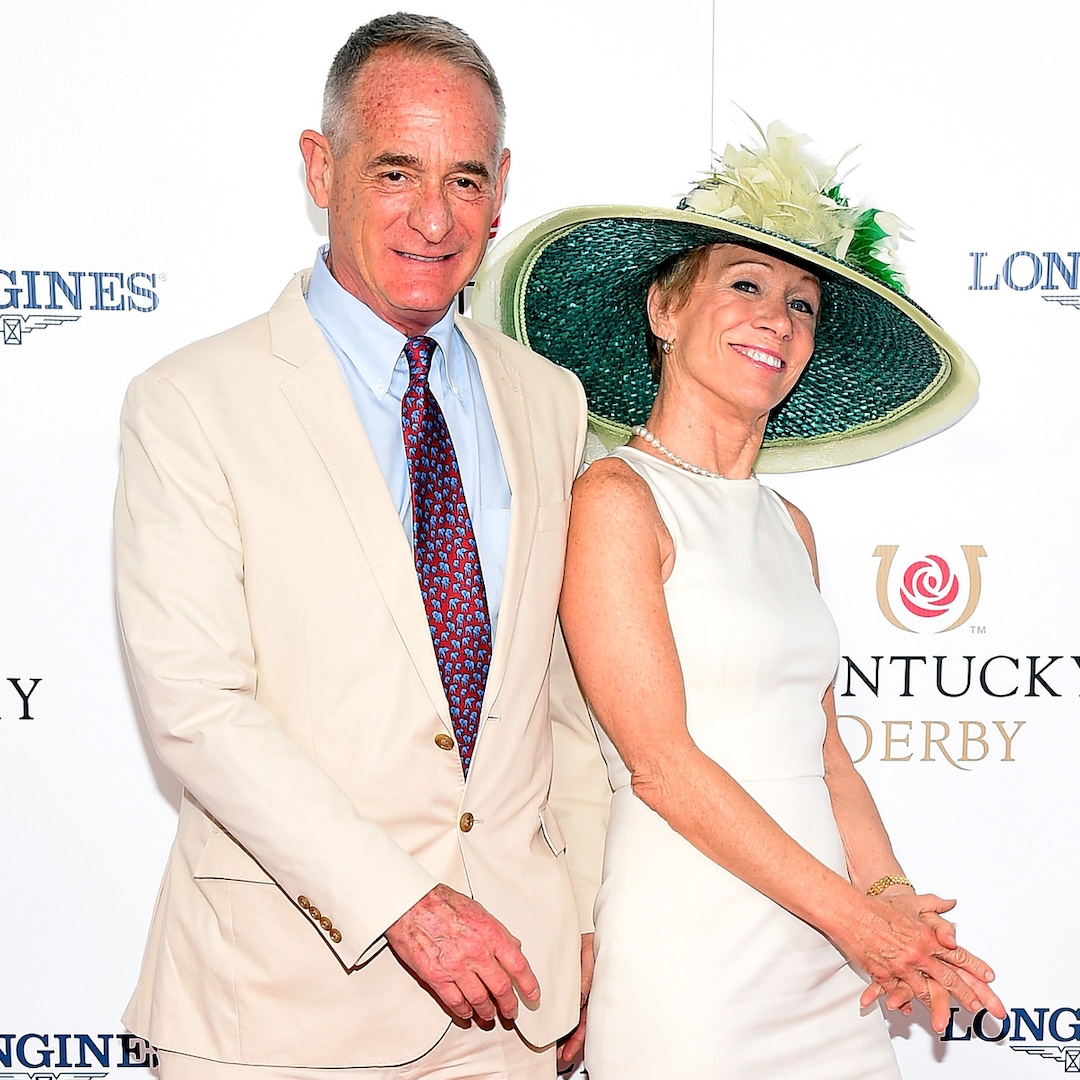When Rafael Lozano-Hemmer found out he was to become a father of twins, it brought out the scientist in him. Rather than buying matching outfits, he purchased two ultrasound monitors, allowing him to hear both baby's heartbeats simultaneously.
"They were completely different," he says, standing at the entrance to his "Pulse Voronoi" work, which has just been unveiled at Swarovski Kristallwelten in Austria. "They were syncopating and making this minimalist music, and I thought 'that would be amazing if we could take everybody's heartbeat and create a massive choir'."
Since that moment, Lozano-Hemmer has dedicated his practice to this exploration route. Sometimes it is literal heartbeats, and sometimes it's voices – but in general, it's this idea of connection.
Lozano-Hemmer's relationship with Swarovski began when he was exhibiting his "Pulse Topology" installation during Art Basel in 2022. A scene-stealing work, it was spotted by Swarovski's Carla Rumler (the curator of the so-called Chambers of Wonder at Kristallwelten), who invited him to create two new works for the space – putting him alongside the likes of James Turrell, Yayoi Kusama, and Lee Bul.
Being offered the chance to work with crystal experts, he says, was a bit of a serendipitous moment. Having originally trained as a chemist (in an act of rebellion against his parents, who owned nightclubs) Lozano-Hemmer had studied crystallography in a past life, and this installation was a chance to bring both of those parts of his life together. "I really care about shapes and forms that have a connection to science," he says. "I don't care much about the beauty of things. Though I'm an artist, I operate more on the interest of phenomena."
"I always say that my work is incomplete. If no one walks in here, there's nothing to hear. If no one gives their heart, there's darkness."
Despite not being overtly focused on the aesthetic outcome, it's difficult to not be taken in by the look of Lozano-Hemmer's Pulse Voronoi work. 7,000 crystals suspended in a dark room and expertly lit is, in itself, pretty encapsulating. However, the real magic is when you get to grips with what the work is actually about, and how it all comes together technically.
Firstly: the whole thing is based on the so-called Voronoi algorithm. "We use the Voronoi algorithm to explode a perfect cube into 7,000 pieces," he explains. "This explosion is curious because it presents 7,000 unique and different crystals, each one of them different, but if put together, they would still make up the cube."
Each of these pieces was then created from Swarovski crystal, before being fitted with a tiny little filament, and suspended from the ceiling. Elsewhere, the room is dotted with candy cane-shaped devices that rise from the floor. Fitted with sensors, visitors are encouraged to hold their hands underneath the device so that their pulse can be detected and read. Once registered, the heartbeat is played out loud, allowing them a moment of connection to the inner workings of their body.
Next, the crystals in the direct vicinity fade, and soon, one crystal lights back up. This is the crystal that contains that visitor's heartbeat, and it is where it will remain until the next 7,000 visitors have passed through and added theirs. "We call that a Memento Mori"," he adds.
"I like that you are surrounded by all of these biometric readings because it's romantic, but it's also mournful, but it's also positive. I don't know. I'm still trying to figure out what this piece is," he says, having demonstrated sending his own heartbeat into the installation. "I think that people are very tired of politics that don't represent them. I think that people are looking for opportunities to share experiences, rather than be always divided."
"I always say that my work is incomplete. Why? Because if no one walks here, there's nothing to hear. If no one gives their heart, there's darkness and out of control."
Pulse Voronoi is on show at Swarovski Kristallwelten now. Find out more here.
































